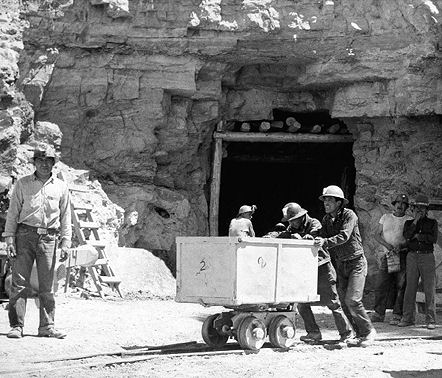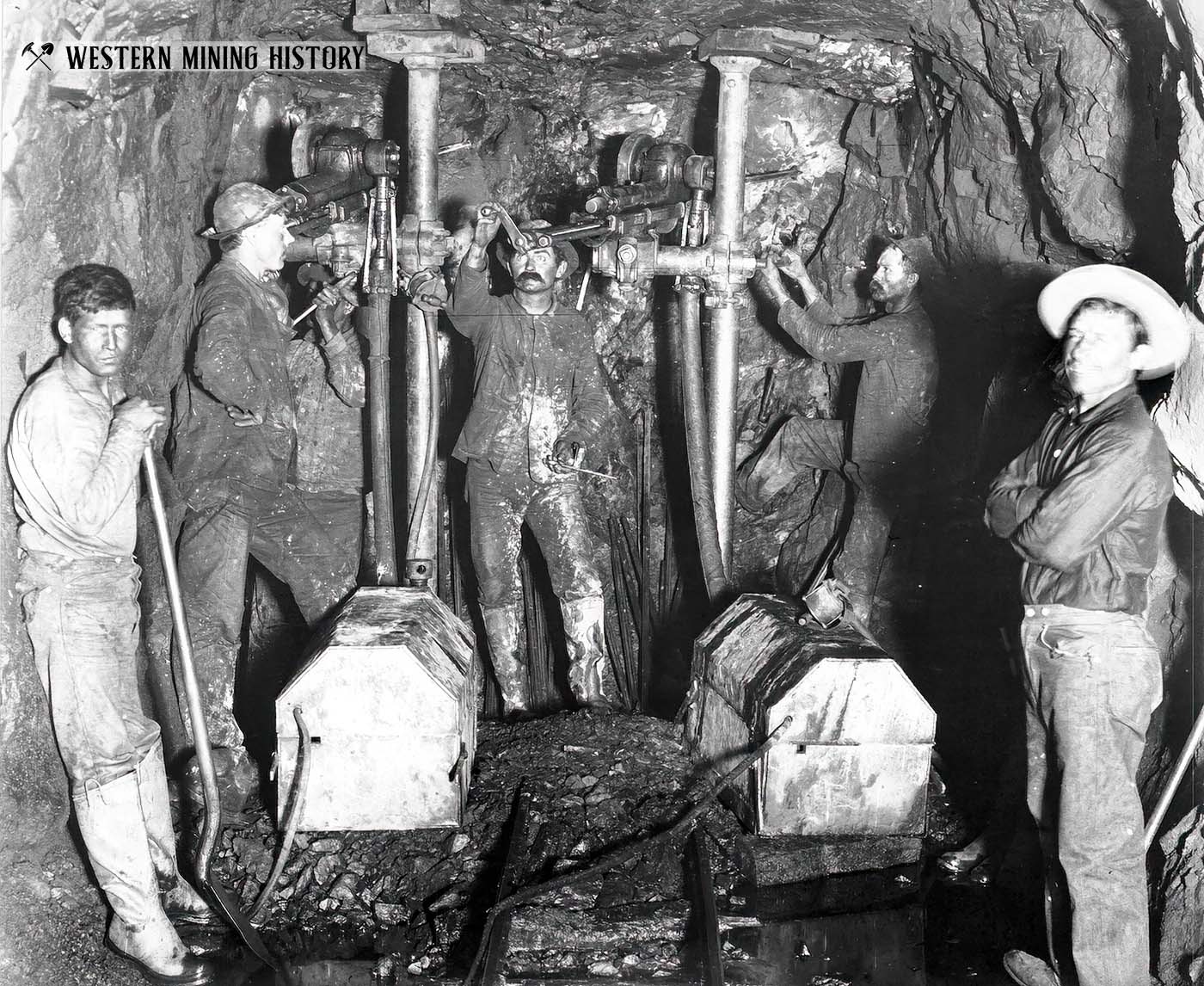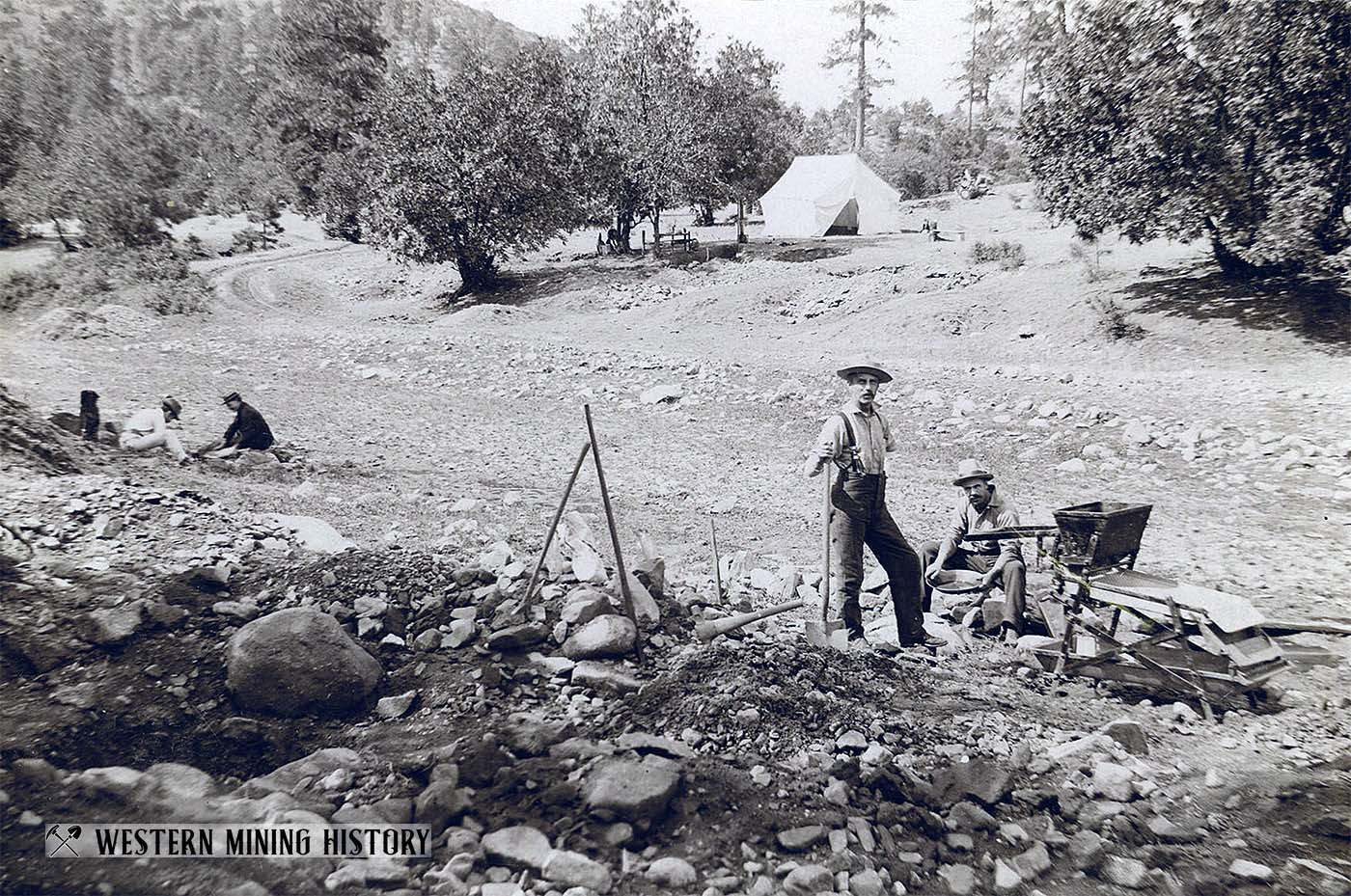
The Veins of Legend: Unearthing Arizona’s Mining Myths
America, a nation forged in the crucible of ambition and discovery, boasts a rich tapestry of legends. From the towering lumberjack Paul Bunyan to the enigmatic Bigfoot, these stories often reflect the vastness of its landscapes and the audacity of its people. Yet, few regions have birthed a more potent and enduring collection of myths than the American West, particularly the rugged, sun-baked terrain of Arizona. Here, beneath the unforgiving sun and amidst the stark beauty of its mountains, the quest for mineral wealth carved not just mines into the earth, but also indelible legends into the very soul of the state.
Arizona’s history is inextricably linked to its geology. Long before American prospectors arrived, indigenous peoples like the Hohokam and Ancestral Puebloans mined turquoise and other precious stones. Later, Spanish conquistadors, driven by whispers of cities of gold, scoured the land. But it was the American mining boom of the 19th and early 20th centuries that truly ignited the legendary fires, transforming barren landscapes into bustling boomtowns and then, just as swiftly, into desolate ghost towns. This cycle of explosive growth and sudden abandonment, coupled with the inherent dangers and isolation of mining life, proved fertile ground for tales of lost fortunes, spectral miners, and ancient curses.
The allure of quick wealth, often found in a single, lucky strike, fueled an almost obsessive drive. Men left everything behind, trekking into the desert with little more than a pickaxe, a pan, and a dream. "It wasn’t just gold we sought," an imagined grizzled prospector might have mused by a flickering campfire, "it was the promise of a new life, the chance to be king for a day, or even just to escape the past." This desperate hope, often met with brutal reality, is the bedrock upon which many of Arizona’s most captivating mining legends are built.

Perhaps no legend captures the essence of Arizona’s mining mystique more completely than that of the Lost Dutchman Gold Mine. Nestled deep within the treacherous Superstition Mountains east of Phoenix, this tale has lured treasure seekers to their deaths for over a century, cementing its place as the most famous lost mine in American history. The story centers on Jacob Waltz, a German immigrant – dubbed the "Dutchman" by the locals – who allegedly discovered a fabulously rich gold mine in the 1870s. Waltz, a secretive and cantankerous man, was said to have periodically emerged from the mountains with saddlebags heavy with gold, but he never revealed the mine’s precise location.
The legend gained traction after Waltz’s death in 1891. On his deathbed, he supposedly recounted clues to the mine’s whereabouts to a caretaker, Julia Thomas, describing distinctive rock formations, a "face of the Indian" in the cliffs, and a hidden shaft. Since then, countless expeditions have ventured into the Superstitions, a range notorious for its rugged terrain, flash floods, and rattlesnakes. The mountains are also steeped in Apache lore, who considered them sacred and warned against disturbing them, adding an ancient, ominous layer to the Dutchman’s curse. Indeed, more than a few prospectors, driven by the lure of the Dutchman’s gold, have vanished without a trace or been found dead under mysterious circumstances. Skeptics argue the mine never existed, a mere fabrication of a dying man’s delirium, yet the enduring mystery and the mountains’ formidable presence continue to draw new generations of hopefuls, forever chasing the glint of phantom gold. As one long-time Superstition Mountain ranger once quipped, "The mountains guard their secrets fiercely, and they don’t give them up easily."
Beyond the tantalizing prospect of lost wealth, Arizona’s mining past is also rife with tales of the supernatural. The perilous nature of mining – rockfalls, explosions, suffocation, and disease – ensured that death was a constant companion. Many boomtowns, born of sudden mineral strikes, quickly became graveyards, their hastily dug cemeteries filling up as fast as their saloons. When the mines played out, these towns were abandoned, leaving behind empty shells that today echo with the whispers of the past.
Jerome, perched precariously on Cleopatra Hill overlooking the Verde Valley, is perhaps the most famous of Arizona’s "ghost towns," though it has remarkably reinvented itself as an arts community. Once a bustling copper mining town of 15,000, it was dubbed "the wickedest town in the West" for its raucous saloons, brothels, and frequent violence. Fires, landslides, and the ever-present danger of the mines took their toll. Today, Jerome is renowned for its spectral residents. The Grand Hotel, once a hospital, is reportedly home to a host of spirits, including a nurse and former patients. The Sliding Jail, a brick building that literally slid 225 feet down the hill in 1929 due to ground instability, is another popular haunted spot. Visitors and residents alike report disembodied voices, flickering lights, and the feeling of unseen presences, tangible reminders of the lives lived and lost in the pursuit of copper.
Similarly, Bisbee, another historic copper mining town now celebrated for its well-preserved Victorian architecture, has its share of ghostly inhabitants. The Copper Queen Hotel, built in 1902 and still operating, is widely considered one of the most haunted hotels in America. Guests and staff have reported encounters with several spirits, including a playful young boy named Billy, a woman of the night named Julia Lowell who reportedly committed suicide there, and a gruff old man who roams the halls. These spectral figures are often seen as echoes of the town’s vibrant, often brutal, past – a testament to the powerful human energy that once coursed through its streets and deep within its mines.
Even lesser-known towns like Oatman, a former gold mining settlement on Route 66, have their resident spirits. The Oatman Hotel, the oldest two-story adobe structure in Mohave County, is said to be haunted by the ghost of Oatie, a miner who died there, and the spirits of Clark Gable and Carole Lombard, who honeymooned in the hotel. These stories, passed down through generations, lend an almost theatrical quality to these historic sites, drawing tourists eager for a glimpse of the beyond.
The legends of Arizona’s miners are not solely confined to lost gold and restless spirits. They also encompass the indomitable human spirit – the grit, ingenuity, and sheer perseverance required to carve a living from such an unforgiving land. The stories of men who endured scorching summers and freezing winters, who faced cave-ins and claim jumpers, and who risked everything on a single vein of ore, speak to a particular kind of American resilience. They are tales of community and isolation, of camaraderie forged in hardship and betrayals born of greed.
Moreover, the legends often carry a deeper, environmental resonance. The Apache, and other Native American tribes, held the land and its resources in profound respect, viewing mountains and mineral deposits as sacred. Their legends frequently speak of consequences for those who disrespect these places, perhaps offering a cautionary counter-narrative to the relentless exploitation by the prospectors. The "curse" of the Superstition Mountains, often invoked in the Lost Dutchman legend, can be seen as a blending of these two perspectives: the European greed clashing with indigenous reverence for the land.

In conclusion, the legends of Arizona’s miners and mining are more than just campfire stories; they are vital arteries feeding into the broader narrative of American expansion and identity. They are born of a unique convergence of geology, human ambition, desperation, and danger. From the tantalizing, deadly lure of the Lost Dutchman’s gold to the spectral residents of Jerome and Bisbee, these tales encapsulate the hopes and fears of those who sought to tame and exploit the wild frontier. They are a testament to the powerful human desire for wealth and adventure, but also a stark reminder of the costs – both human and environmental – of such pursuits.
Even today, as modern mining operations continue to extract wealth from Arizona’s earth, and as tourists flock to its ghost towns and national parks, the echoes of these legends persist. They remind us that the past is never truly buried, and that beneath the shimmering desert heat, the veins of myth run as deep and as rich as any gold or copper lode ever discovered. These stories, whether fact or fiction, continue to shape our understanding of Arizona, a state where the spirit of the old West, with all its rugged glory and haunting mystery, still lives on.


